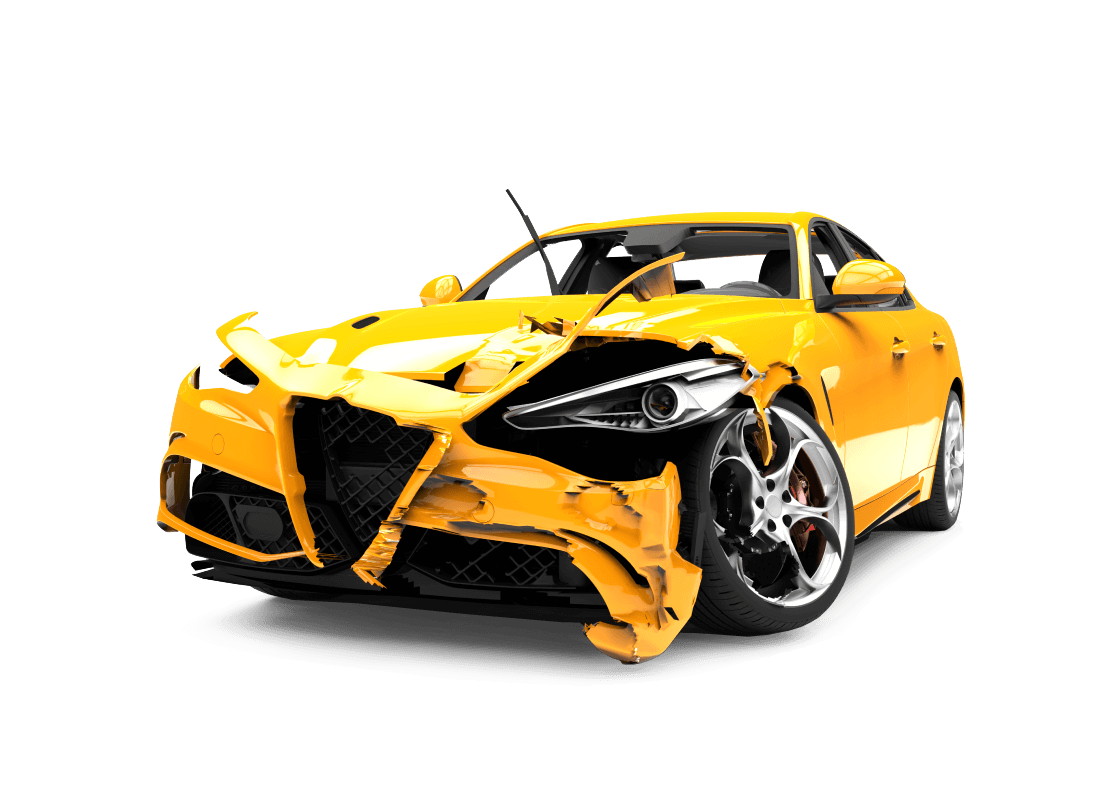VIN Decoder & Lookup

Run a Free VIN Lookup With VinPit
Shopping for a used car? Before making this big-ticket purchase, get your preferred vehicle completely examined through a VIN lookup.
VinPit is a one-stop shop for overall vehicle checks. Our FREE VIN decoder can help you:
- Discover unreported damages
- Verify the ownership of the car
- Check mileage accuracy
- View documented photos
- Know more about the safety and maintenance recalls of the car
- Save moneyIs the car trouble-prone or trouble-free? Is it a lemon or stolen? A VIN lookup can uncover its maintenance, recall history, and all red flags pertaining to car ownership. With this knowledge, you won't commit large amounts of money to a worthless car.
- Stay safe on the wheelsA VIN decoder can easily tell if the car has been involved in any previous mishaps or if it is a rebuilt salvage. That way, you can stay aware of your vehicle's safety and make sure it's safe to use before payment.
- Good vehicle bargainBy discovering some untold damages or hidden history of the vehicle, you can determine its value and place yourself in an advantageous position to bargain with the car dealership for a better offer.
How To Conduct A VIN Lookup?
Go from confused to well-informed in a matter of seconds
- 1. Feed in VIN numberAll you need to do is enter the VIN.
- 2. Data huntWe scan the authority database for the most up-to-date vehicle information.
- 3. Receive vehicle reportReceive your vehicle history report immediately.
Get a VIN lookup - No Strings attached
The VIN history report is waiting for you to download. Check immediately.
VIN Decoder By Make, State, and Auto Type
You can perform a VIN search for a vehicle of a specific make and auto type from any state, further simplifying your VIN number lookup process.
- MAKES
- STATES
- AUTO TYPES
- Jeep VIN Decoder
- Yamaha VIN Decoder
- Ford VIN Decoder
- RV Motorhome VIN Decoder
- Volkswagen VIN Decoder
- Ford F150 VIN Decoder
- BMW VIN Decoder
- Ram VIN Decoder
- Kawasaki VIN Decoder
- Audi VIN Decoder
- Chevrolet VIN Decoder
- Motorcycle VIN Decoder
- California VIN Check & Lookup
- Texas VIN Check & Lookup
- Florida VIN Check & Lookup
- Pennsylvania VIN Check & Lookup
- Illinois VIN Check & Lookup
- Ohio VIN Check & Lookup
- Georgia VIN Check & Lookup
- Michigan VIN Check & Lookup
- North VIN Check Carolina & Lookup
- New VIN Check Jersey & Lookup
- Virginia VIN Check & Lookup
- Massachusetts VIN Check & Lookup
- Washington VIN Check & Lookup
- Arizona VIN Check & Lookup
- Utah VIN Check & Lookup
- Nevada VIN Check & Lookup
How to Decode a VIN?
A VIN comprises a mix of alphabets and digits (17 in total). But what exactly do these numbers and letters mean? A VIN decoder helps you decode them and figure out what they represent. With it, you can get to know its manufacturer, model, make, year of manufacturing, country of manufacturing, engine size, type of vehicle, serial number, and more.
How to Find the Vehicle's VIN Number?
There are various places on your car or motorcycle where the VIN of the vehicle is located. In the car, the VIN can usually be found on the driver's side windshield (to be seen from the inside of the car), near the driver's side door jamb, under the hood of the car, on the engine, etc.
Other Free Vehicle Information Sources
Here are four other ways to get free vehicle information and history based on the car's VIN.
- National Insurance Crime Bureau (NICB) has a robust VIN check system that allows you to take a picture of the VIN and have it checked for full vehicle details.
- Want to know if the used car has a recall? Find it out with the VIN search tool of the National Highway Traffic Safety Administration (NHTSA).
- When shopping for a used car, you may want to research its crashworthiness. This can be done with Insurance Institute For Highway Safety (IIHS).
- Kelly Blue Book, a vehicle valuation company, is a trusted resource to check vehicle history and understand what the used car is worth.
Frequently Asked Questions
What Is a VIN?
What Is a VIN Lookup?
What Information Do I Need to Get a Free Vehicle History Report?
What to Look for Before a Car Purchase?
Buying a car is a big ordeal. To make sure you don't get your money in the wrong hands, here are some of the critical considerations to make before a final car purchase.
- Stick to your budget and don't get carried away by the promotional tactics
- Check if the car is equipped with appropriate safety measures such as airbags
- Make sure you're financially prepared for the extra costs after your car purchase, like car insurance
- Research the features of the car before approaching the seller. This will give you an upper hand in negotiating the price
Can You Extract Personal Information With a VIN Lookup?
How Can I Check A VIN Number For Free?
What Is World Manufacturer Identifier (WMI)?
Does A Dealership Provide A VIN Check?
Do All Vehicles Have a VIN?
Try VIN Number Lookup
Learn everything there is to know about your next car.

